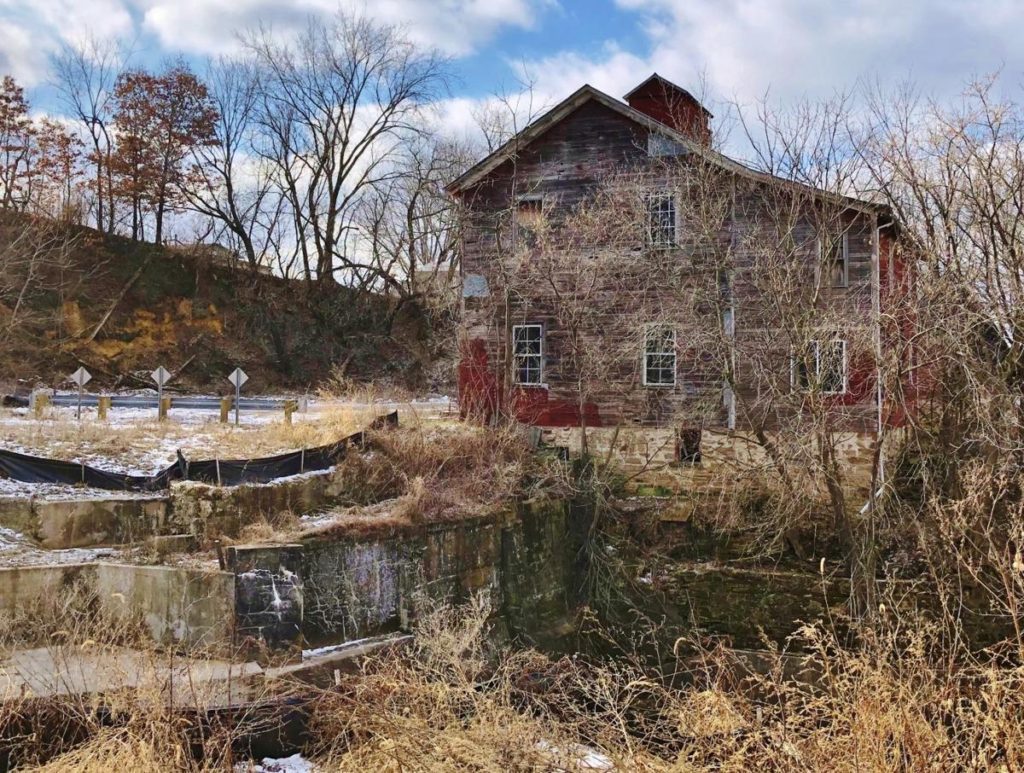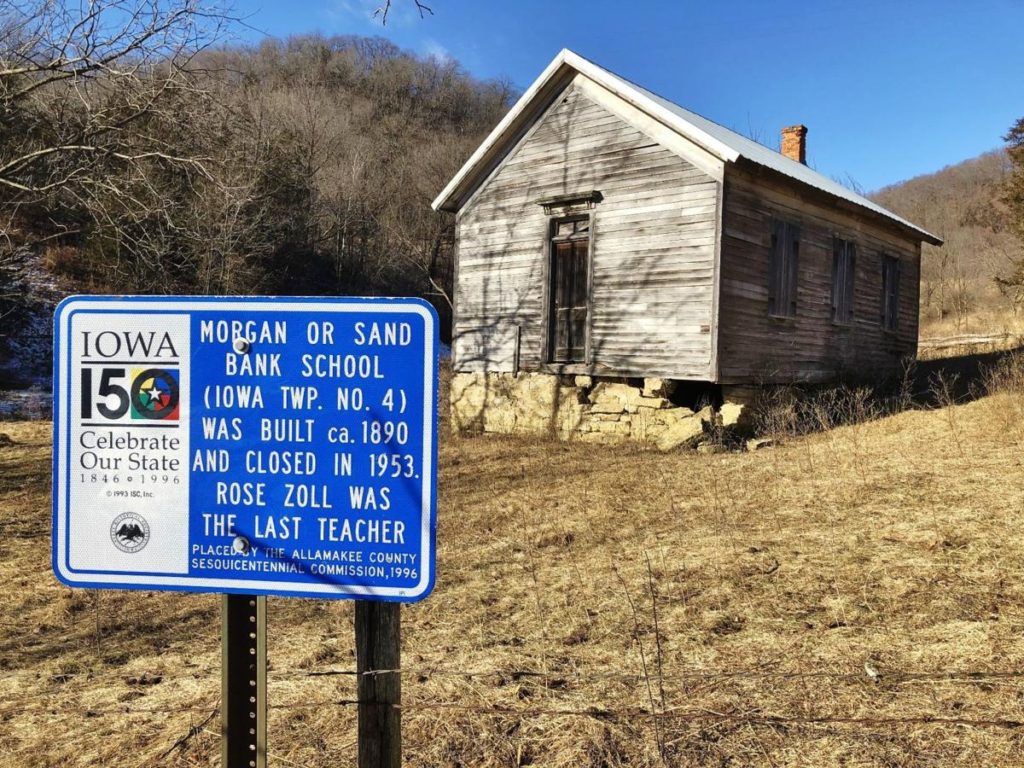Back Home by Chris Hardie
» Download this column as a Word document
» Download photos that accompany this story
» Chris Hardie’s headshot
Back in the day when I was an editor, I created a utopian newsroom with the staff and positions necessary to create the perfect newspaper.
Of course, I was merely daydreaming. Such a critter didn’t exist then or now given that my nirvana newsroom had no constraints on time, technology or money. But if it did exist, I would have had a team of journalists led by a “follow editor.”
The editor’s job would be to work with reporters and photographers to follow-up on previous stories. In this world of 24-7 news we tend to focus on the breaking story, the here and now, and the latest developments. What seems like a big story quickly disappears into the morass of news as another story takes its place.
I always loved working on follow-ups because time and perspective help shape the story. A good example is all the recent coverage of the 50th anniversary of the moon landing. Even if a person didn’t live in the moment as many of us did, he or she can still appreciate the story when it’s put into the context that the passage of time allows.
There would be no shortage of material. The follow editor could simply go back and read stories from his or her own paper, designating those that would be the most interesting to revisit. That would be sort of like what they do on “Antiques Roadshow” when they rerun a segment from 10 years ago. They might learn the value of a vase has continued to increase — or has decreased.
In that spirit, I’d like to revisit a couple of my columns from the past few months.

Earlier this year I wrote about the East Arcadia Mill, an old flour mill and feed mill near Arcadia that has been abandoned for years. I recently received an email from Bob Soules of Scottsdale, Arizona, the owner of the mill. Soules, formerly of the La Crosse area, purchased the mill in 2000.
“My wonderful Mom and Dad — both living until 93 years — accompanied me on my initial property-inspection tour of the property,” Soules said. “They thought it would be a fine addition to the three-generation involvement in small rental properties started by my Grandma Nellie Soules.”
Nellie Soules ran in 1931 for a 1st District Wisconsin Assembly seat from La Crosse under the Wisconsin Progressive Ticket. That was a movement in the Republican Party that formed the basis for the establishment in 1934 of the Progressive Party. Soules finished third out of five candidates.
She later converted some homes to rental properties, Bob Soules said of his grandmother.
Soules, a vice-president for a commercial-properties firm in Scottsdale, said there are plans for the mill and the surrounding property. He said an announcement is coming later this year.
“You will have the scoop based upon your sensitivity to all that goes into capturing — from the claws of nature — wonderful old rural buildings that have weathered the storm and are in various states of disrepair,” Soules told me. “It’s going to be an interesting project.”
Schoolhouse home to Hammells

A column I published in July featured some photos I’ve taken of various old abandoned homes and buildings. Many of them have been of former one-room schoolhouses, which still dot the countryside today. Most were closed in the 1940s and 1950s as school districts consolidated.
One of the photos I featured was the Morgan or Sand Creek School located just west of Allamakee, Iowa. Mike Peters of Sharon, Wisconsin, said he has toured the schoolhouse. It’s located near the farm of his friends Don and Pat Zoll.
Peters said the Zolls were instrumental in getting the historical sign that designated the school.
“As I recall, the original blackboard is still on the wall,” Peters said. “But the building itself is very deteriorated. Don and Pat wanted to move the old schoolhouse to their farm, but decided the cost would be prohibitive. So they did the sign instead.”
Don Zoll’s mother, Rose Zoll, was the last teacher at the school when it closed in 1953. She’s still alive, Peters said. Don Zoll and I were unable to connect recently, but I’d enjoy hearing more about the school and its history.
I was able to find a short article from Oct. 22, 1930, in the Dubuque Telegraph-Herald and Times-Journal that said 19 of the 20 pupils at the school at the time had the surname Hammell. They were from four different Hammell families.
The teacher, Katherine Morgan, called Hammell 19 times during roll call —with two Mary Hammells. They were all cousins. Helen Weymiller was the only non-Hammell enrolled at the time. The article noted the school could have been called Hammell College or the Hammell institution of learning.
I always appreciate hearing from readers. Keep the feedback coming.
Chris Hardie spent more than 30 years as a reporter, editor



